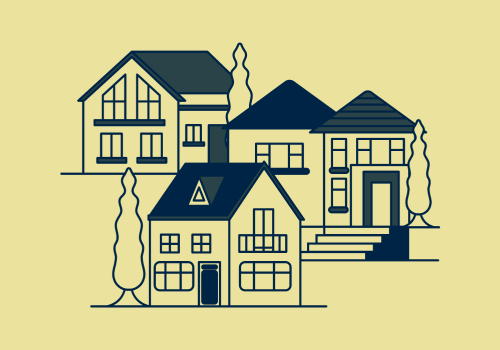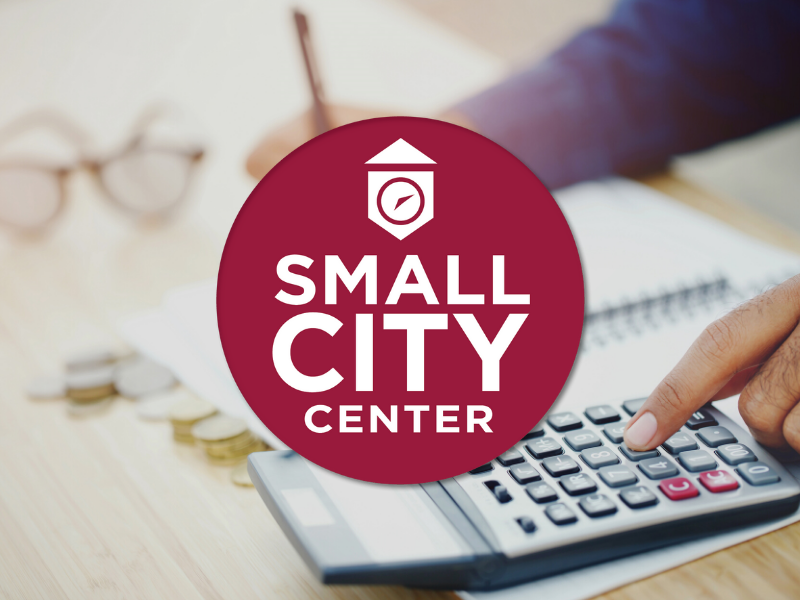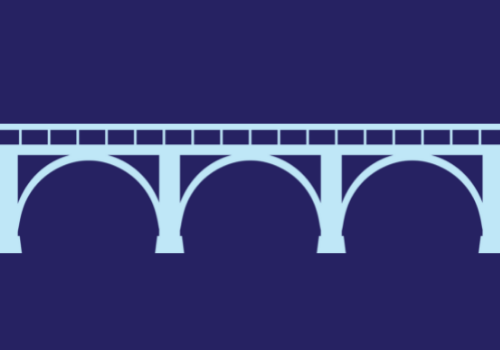There are three property tax relief programs aimed at homeowners offered by the state of Minnesota:
- Homestead Credit Refund Program
- Targeting Property Tax Refund
- Senior Citizen Property Tax Deferral Program
Below is a basic description of each program, its eligibility criteria, and sample benefits calculations.
Homestead Credit Refund Program (“circuit breaker”)
The Homestead Credit Refund Program is sometimes called the “circuit breaker refund” or the “regular refund.” It was formerly known as the Homeowner’s Property Tax Refund Program.
Eligibility is determined by comparing a homeowner’s property taxes to household income.
The program refunds a portion of the property taxes that exceed a certain percentage of household income, called the threshold percentage. Homeowners pay the full amount of their property tax bill and file for the refund with their state income tax return. For those homeowners who receive a refund, the total out-of-pocket property taxes paid equals the property taxes up to the threshold amount plus a portion of the excess property taxes (referred to as the co-pay).
At higher levels of household income, there is an increase in both the threshold percentage of eligibility and the share of the total property tax due that the homeowner must pay.
For refund claims filed in 2024 and beyond, homeowners whose household income was greater than $135,109 were not eligible for this refund program. The maximum refund was $3,310.
The program allows deductions to household income for dependents and for those homeowners who are over age 65 or disabled.
Targeting Property Tax Refund
The Targeting Property Tax Refund is also called the Special Homeowner’s Homestead Credit Refund. It directs property tax relief to homeowners who experience a large increase in property taxes due from one year to the next. This program does not consider a homeowner’s income. Thus, homeowners who are not eligible for the circuit breaker refund may qualify for this targeting refund.
Qualifying homeowners have property tax increases of more than 12% and more than $100 over the previous year’s taxes. To be eligible, homeowners must currently own and live in the same house they lived in the previous year.
The refund is 60% of the increase in excess of the greater of 12% or $100.
For homeowners who make improvements to their homes, the portion of the property tax due to the improvements is subtracted when calculating the refund amount. In other words, increases in property taxes that result from increases in assessed value following improvements are not considered when determining eligibility for this refund.
The refund is calculated prior to the calculation of the Homestead Credit Refund.
*For taxes paid in 2023 only, the 2023 Legislature enacted a special one-time increase in the refund up to a maximum of $2,500 for homeowners seeing tax increases in excess of 6%.
Senior Citizen Property Tax Deferral Program
The Senior Citizens Property Tax Deferral Program allows qualifying homeowners over age 65 to defer a portion of their property taxes into the future.
The program’s goal is to help older homeowners, whose property taxes are high relative to their incomes, to stay in their homes. To qualify:
- Homeowners must be at least 65. If married, only one spouse must be at least 65 years old while the other must be at least 62 years old.
- Household income must be equal to or less than $96,000.
- Applicants must have owned the home for five years before applying for the deferral.
- Homeowners must submit a completed application form to the Minnesota Department of Revenue.
Under the deferral program, homeowners pay the first 3% of the taxes owed. The state pays the balance of property taxes owed to the county and places a lien on the home. The deferred taxes become a loan to the homeowners. The interest rate on this loan cannot exceed 5%. Owners who wish to sell the home must pay the deferred tax plus any accrued interest.
Other important points about this program include:
- Once participating in the program, homeowners cannot defer payment of property taxes owed during any year that household income exceeds the $96,000 threshold. The homeowners remain in the program. They simply notify the state once household income falls back below $96,000 to restart the deferral.
- Additional eligibility criteria relate to the amount of debt outstanding on the property and other state or federal tax liens.
- Deferral terminates when one of several events occurs. These include the death of the homeowners, sale or transfer of the property, written notification the homeowners wish to discontinue the deferral, or the property’s disqualification as a homestead. Even with termination, the lien remains outstanding on the property.



